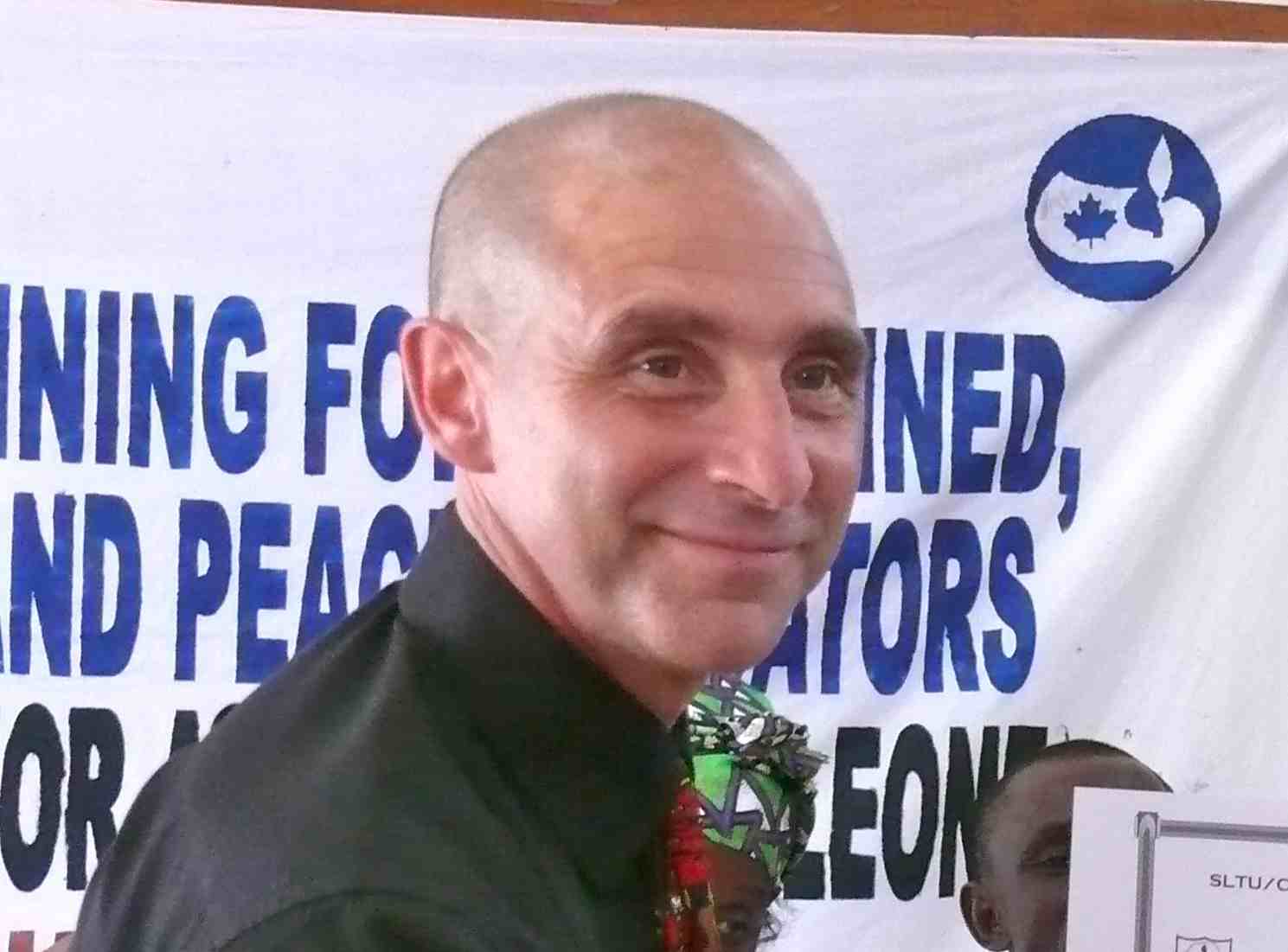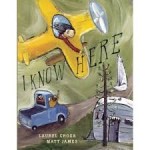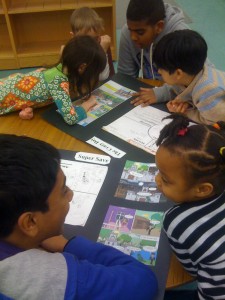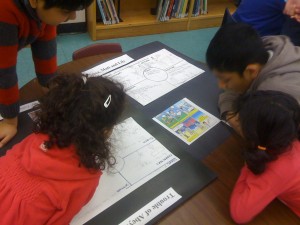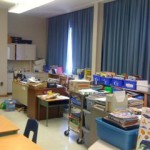As the year now shifts to the final months of academia, it is important to take the time and reflect on the growth of yourself as a teacher, the academic gains that your students have made and the endless best efforts that took place in your learning community. We often start to stress or feel the pressure of the year ending with so much curriculum yet to cover that we neglect the opportunity to recognize the gains accomplished thus far. By instilling in your students (and developing in your teaching practice) the skills to reflect on their effort, accomplishments and next steps we pave the way for students to become a partner with us in the educational journey.
The timing is critical as it will allow all parties involved the opportunity to give and receive feedback that will direct them in their goal setting for the last two months of the year. If this feedback is provided too close to the end of the year there will not be an adequate amount of time to use it to create change. This is an essential time when I focus on the accomplishments of each student and work with them to establish next steps. An analogy that I would use is when a coach takes that final timeout to share a plan and pump up his/her team for that final push to reach their goal. The message the student receives is that I am capable, I have been successful and it is important for me to keep it going rather than coasting into summer vacation. Enjoy this time of year and take great pride in what you have been able to accomplish with your students.

